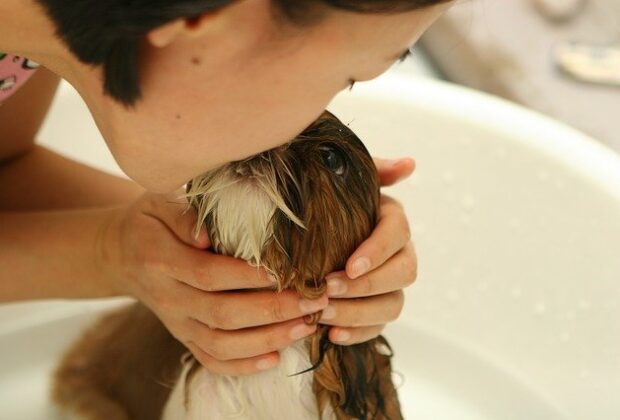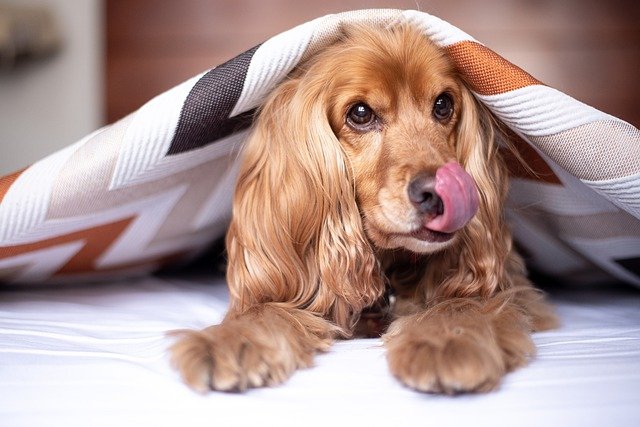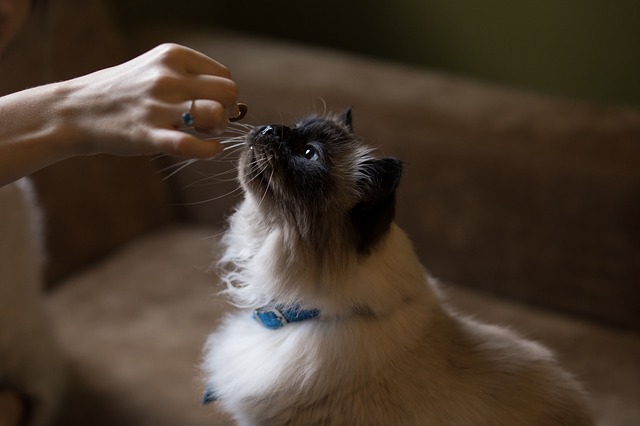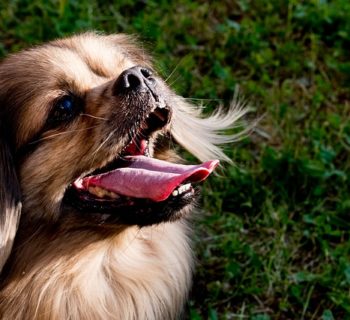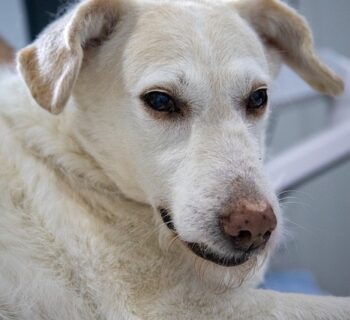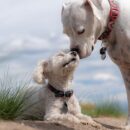How do I bathe my pup? If you are a new dog owner, you are probably wondering how to wash your pup or are in the process of learning before your puppy arrives. Thankfully bathing canine pups can be easy (or as hard as you make it). In this article, we'll share an easy pup bathing process, how often you should bathe a puppy, when to go to the professionals, tips for bathing puppies, and why you should clean puppies, amongst other details.
Why You Should Bath Your Puppy Regularly
Young canines need regular baths, and your new pup should be no exception. There are so many benefits to giving your pup regular baths, and here, we'll outline some of these benefits.
- To prevent/fight off infections, allergies, and parasites
- To lessen or eliminate odor
- To dislodge/remove filth
- To get it used to baths early
- Puppy bathing instructions
Bath the pup with warm water
Not hot, just warm, and then gently place the pup in the water. You can provide a treat while speaking to it in a calm tone if you want. Another thing you want to do is to introduce the dog to the process by letting it smell the grooming tools. These may include brushes, clippers, and combs.
Give it some time to get used to the water
Before placing your dog fully into the water, try spraying some of the water gently on its back and shoulders. This will help it adjust to the feel and temperature of the water. Do this slowly as you talk in a calm and reassuring tone.
The whole idea is to prevent your dog from getting spooked by the water, as this may cause resistance or aversion to future baths.
Do not spray water directly in the dog's face
Avoid spraying water directly in the dog's face. What you can do is tilt its head so the water runs down the backside. Then, using your fingers or a wet towel/washcloth, gently wipe the areas around its mouth, nose, and eyes.
Avoid cleaning your dog's inner ears unless when under the guidance of a dog expert or vet. One of the most typical causes of ear infections in dogs is water getting in their ears.
Start from the top of the head and work your way down to the dog's back
You want to start washing from the dog's head, neck, and chest, then to the tail when bathing your pup. This way, you easily wash away fleas, ticks, and accumulated filth. While doing this, you want to make sure that your dog is provided with some treats along the way.
Use only shampoos formulated for dogs
Use dog shampoos (preferably one formulated for puppies) for dogs, as human shampoos do not have the required pH for dogs. Apply some of the shampoo along the back, and then massage the lather down the skin as you go.
Gently scrub each leg and the belly as you work towards the tip of the tail then move to the paw pads. The paws are best washed with a soft-bristled brush.
Rinse gently using warm water
Start by rinsing the top of the dog's head and around the eyes while ensuring that you protect its eyes from the soap with one hand. If some of the soap suds get into the dog's eyes, flush it out with some water and offer the dog a treat to keep it calm. Then, rinse the entire body and toes thoroughly to ensure they are free of suds. You can also make kneading motions on the skin with your hands to remove the suds altogether.
These types are usually within the perfect temperature for your dog's skin and will not cause itching and dandruff. When using, make sure that the dryer isn't very close to their skin while also keeping the airflow warm. Also, with blow-dryers and pups with long or thick hair, you want to start early as blow-dryers can be frightening for dogs, so the earlier they start, the easier it is for them to accept it.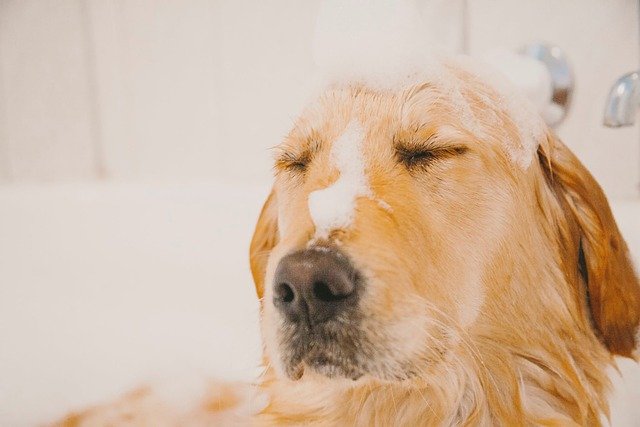
Helpful Tips for Giving Your Pup a Bath
Outlined here are tips we think dog owners will find helpful when bathing their puppy;
Brush before a bath
Before every bath, give your dog a thorough brushing to remove the matted hair. Matted hair can hold water and cause your dog's skin to be irritated. If you cannot remove matted hair yourself properly, have a professional dog groomer do it.
Use lukewarm water
Canine skin is a lot different from ours and a lot more delicate. This means that they can be scalded by hot water more easily. Ensure that your canine's bathwater is not hotter than what you'd allow for a human baby. With large-breed dogs prone to overheating, you want to keep it even cooler.
Dog only shampoos
Human shampoos tend to be drying on canine skin. Dog shampoo/puppy shampoo is less drying as it is formulated to suit canine skin.
Speak calmly to your dog
This cannot be overemphasized. During a bath, talk to your pet calmly and reassuringly. This way, they learn not to associate bath time with torture.
Rinse well
Ensure that you thoroughly rinse out soap/suds in your pup's fur at the end of the scrubbing. Leaving soap behind can irritate once it is allowed to dry on the dog's skin. Rinse as many times as possible until all traces are entirely removed.
Keep your pup warm
Small dog breeds get cold quickly, and so they must remain as warm as possible after a bath until completely dry. Keep them wrapped with a towel and in a warm room after each bath, especially in cold weather. This will also help prevent the rolling and rubbing they do on the ground when they get wet after a bath.
Use only ear cleaners formulated for dogs
If you have to clean your dog's ears by yourself, ensure that you are using only cleaners specified for dogs. Avoid putting things like cotton buds/cotton wools in your canine's ear canal.
Be generous with praise
Young puppies may show signs of nervousness during their first few baths. Avoid yelling at it to behave and instead offer praise and reassurance as often as possible.
Air dry
One way to quicken the drying process after bathing your dog is by air-drying. If you have to use a human blow-dryer, you want to avoid using hot air from it, or even better, opt for a blow dryer designed for canines.
When Should I Call the Professional Dog Groomers?
Dog bathing/grooming isn't a job for everyone for different reasons. If, for any reason, you feel you cannot do the grooming yourself without causing harm to you or your dog, have a professional take charge. They are trained and experienced, and your dog will do just fine in their care. Professional groomers not only bath canines, but they also trim near their eyes, nails, and even express anal sacs if requested.
Also, you cannot overlook the need for a professional groomer with certain breeds. This includes long-haired breeds such as Poodles and Maltese. The professionals usually have techniques to handle these dogs taught to them or long years of experience to make the bathing and grooming process much more manageable.
- Puppies between zero to three months old; once a week
- Three to six months old; once a month
- Six months and above; twice a year or as often as needed
Again, this is just a guide. You can bathe your pup as often as necessary, especially if it is outdoors a lot or is dealing with a pest/parasite infestation. While many dogs will do fine with few to zero baths in their lifetime, there are so many benefits to regular bathing that you do not want your pet to miss out on.
How to Bath a Puppy: Conclusion
Bathing a canine can be a challenging task, but it can also be easy and manageable with the proper techniques, tools, and, of course, outlook. Try not to see it as a chore but instead as an opportunity to bond with your dog and get it in the best shape possible, especially if you own a breed with a strong odor like the Labrador. During baths, be generous with your praises and reassurance, offer treats, and use the right tools. Soon, even the dog will look forward to its bathing sessions.
About the Author
Kirsten Heggarty
Kirsten created The Pet Handbook with the aim of sharing her knowledge about pets, pet food, healthy habits, and more. All of her advice is based on years of her own experience with her pets, and feedback that she has received from grateful readers about her tips. If you want to know more please read the About Me page.

